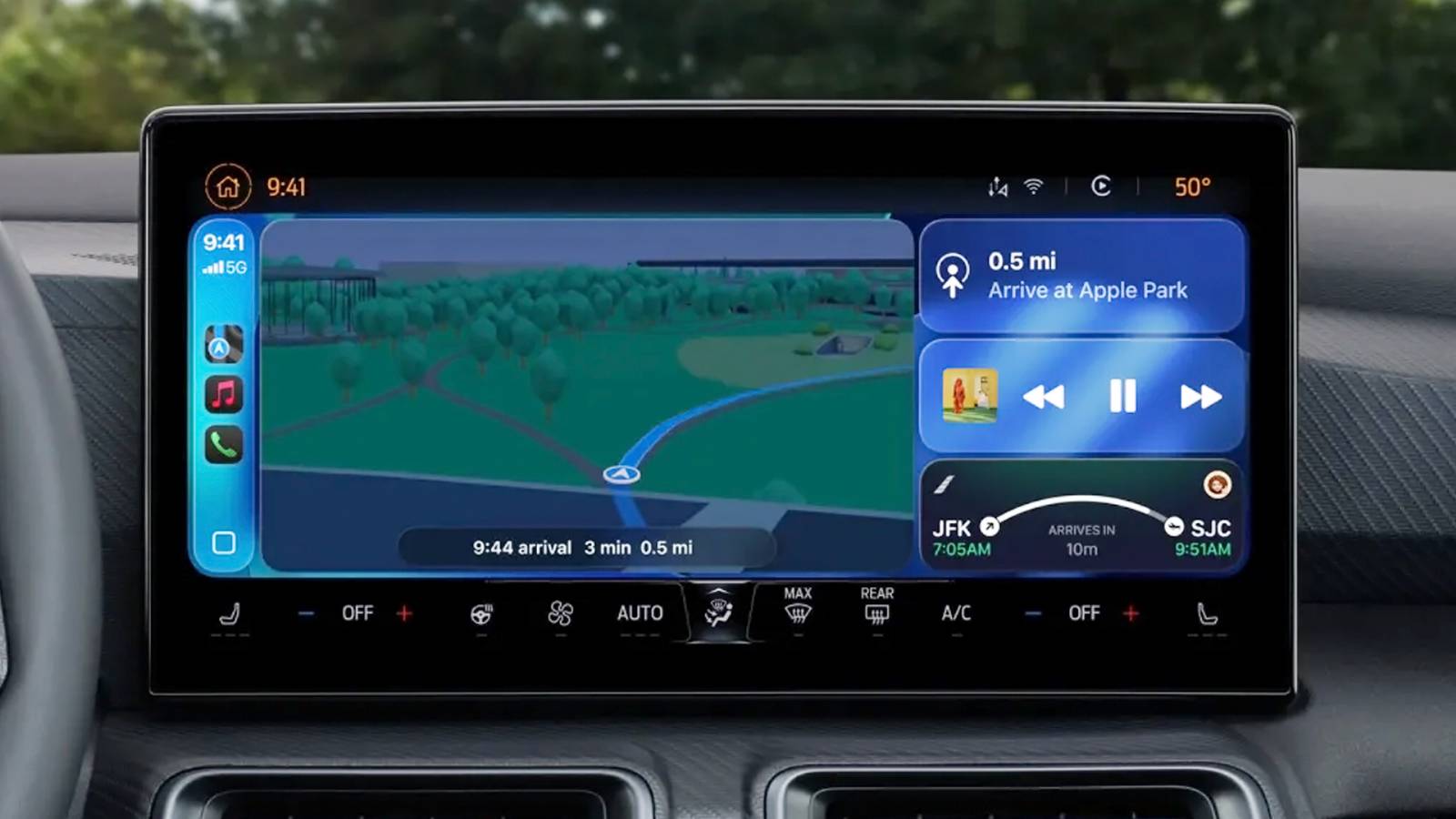Satellites like the ones used for Starlink’s internet service could be depleting the Earth’s ozone layer when they’re deorbited, according to a study funded by NASA and published in Geophysical Research Letters in June. 2024.
When Starlink’s satellites reach the end of their lives, they burn up in the Earth’s atmosphere and leave behind small particles of aluminum oxide. These travel down into the ozone layer, which absorbs harmful ultraviolet radiation. Researchers from the University of Southern California found that these oxides have increased eightfold from 2016 to 2022.
Not all of these are caused by Starlink — the internet provider didn’t launch its first satellites until May 2019 — but it currently has the largest fleet by far. Of the roughly 10,000 active objects in low Earth orbit, more than 7,750 belong to Starlink, according to data collected by Jonathan McDowell, an astrophysicist who tracks satellite launches. The company currently has permission to launch 12,000 more satellites and has as many as 42,000 planned in the future, according to Space.com.
These satellites are designed to last about five years. A 550-pound satellite will release about 66 pounds of aluminum oxide nanoparticles during reentry. Starlink’s satellites have grown heavier over time, with the latest version weighing in at about 2,760 pounds.
The aluminum will mostly be released between 30 and 50 miles above the Earth’s surface but will then drift down to the ozone layer, which would take about 30 years. We’re already seeing these effects — satellites burning up in 2022 caused a 29.5% increase of aluminum in the atmosphere above the natural level — but the researchers said it will only get worse.
“This is primarily a concern for the large number of satellites to be launched in the future,” Joseph Wang, one of the study’s authors, told . “We projected a yearly excess of more than 640% over the natural level. Based on that projection, we are very worried.”
Unlike other substances that deplete the ozone, aluminum oxide particles aren’t consumed in the process, the researchers said. They continue to harm the ozone layer until they naturally descend to lower altitudes, which could take about 30 years.
If Starlink scales up as it hopes, more than 8,000 satellites could burn up in the atmosphere every year. The researchers applied a forecasting model to account for the growing number of satellites in the sky and found that the amount of aluminum could grow to 360 metric tons — or 640% above natural levels.
Starlink has led exponential growth of satellites in the sky
What’s maybe most alarming about this new research is how much is still uncharted territory. “The environmental impacts from the reentry of satellites are currently poorly understood,” the study states.
In the four years that Starlink has been launching satellites, it accounts for 40% of all satellites ever launched, and it plans on increasing its fleet seven times over. Starlink’s main competitor, Amazon’s Project Kuiper, plans to launch 3,232 satellites in the coming years.
An article published in Nature determined that 100,000 satellites in the sky “is not just feasible but quite likely.” This is almost entirely because of private companies such as SpaceX, Amazon and OneWeb that are launching satellites to provide high-speed internet.
According to the EPA, excessive UV radiation can lead to skin cancer, cataracts and weakened immune systems, as well as reduced crop yield and disruptions in the marine food chain.
“As reentry rates increase, it is crucial to further explore the concerns highlighted in this study,” researchers say.
Starlink didn’t respond to ‘s request for comment.









